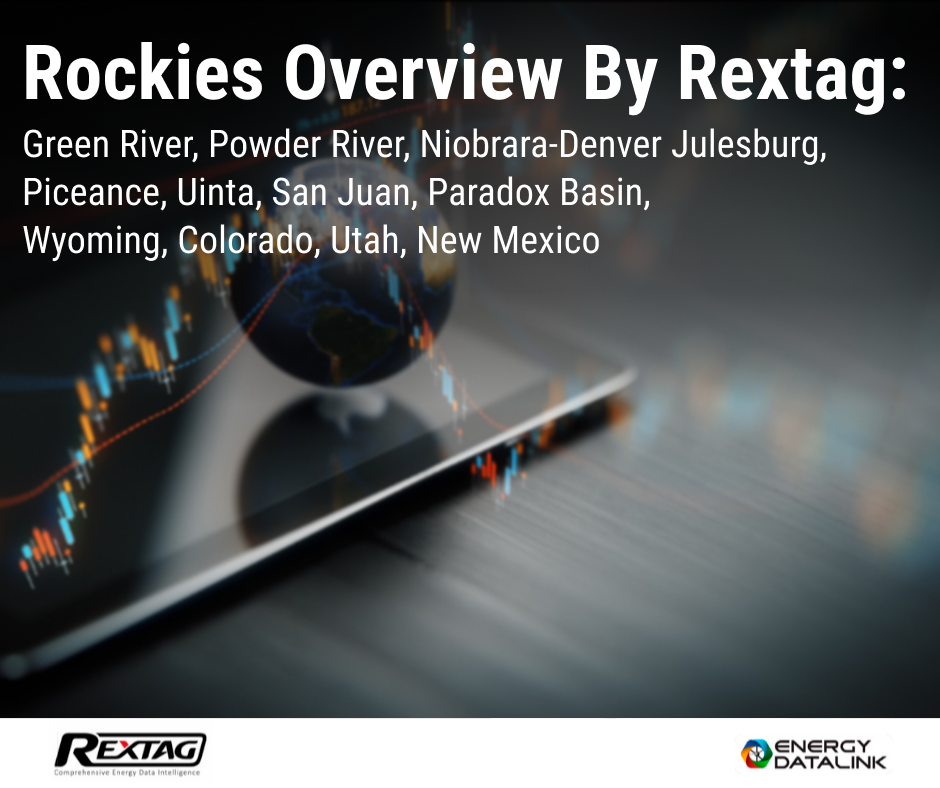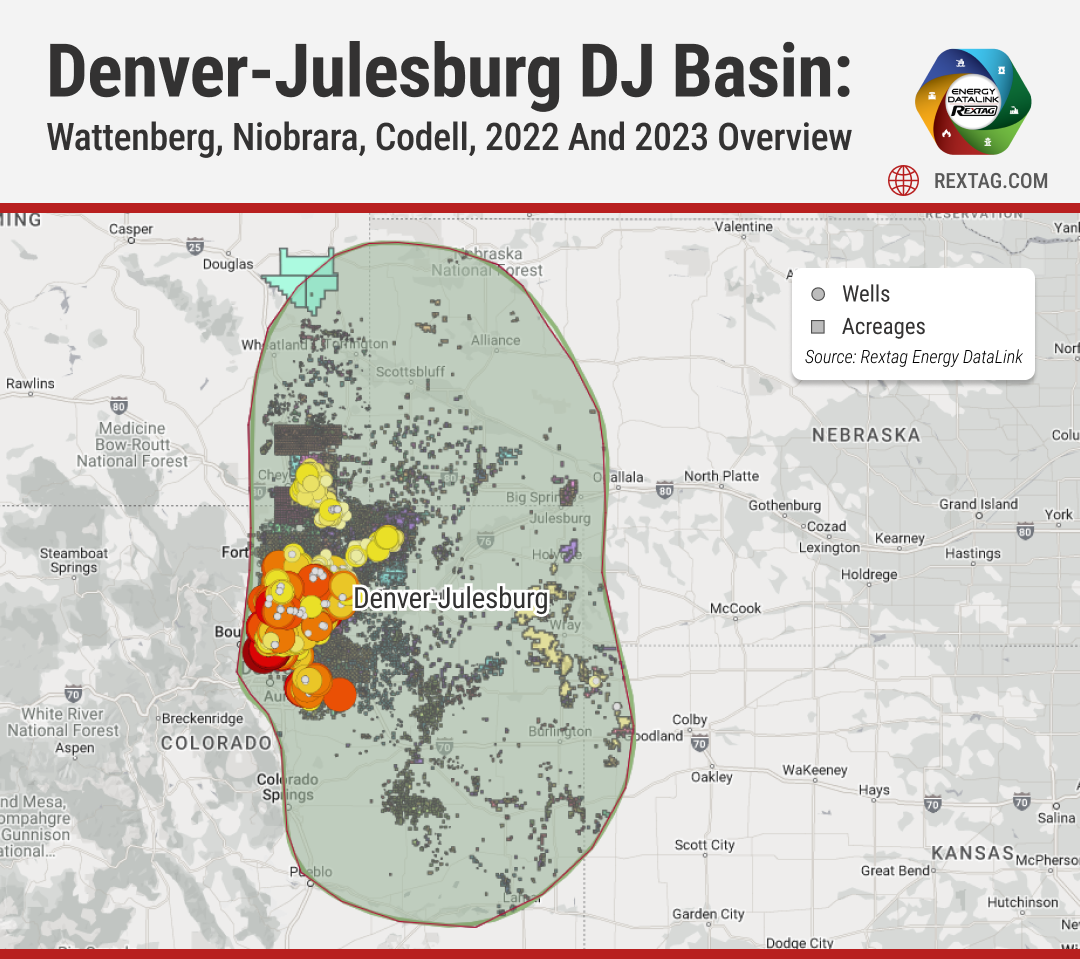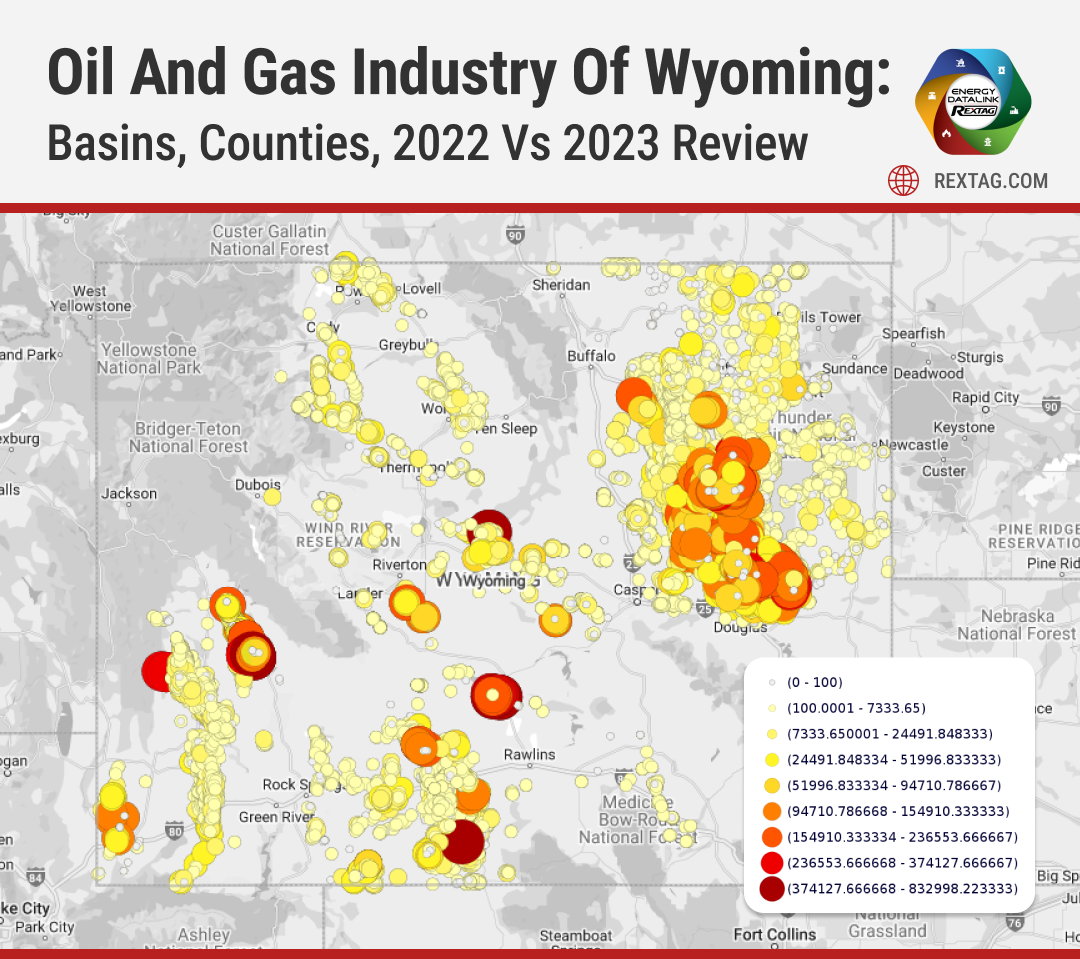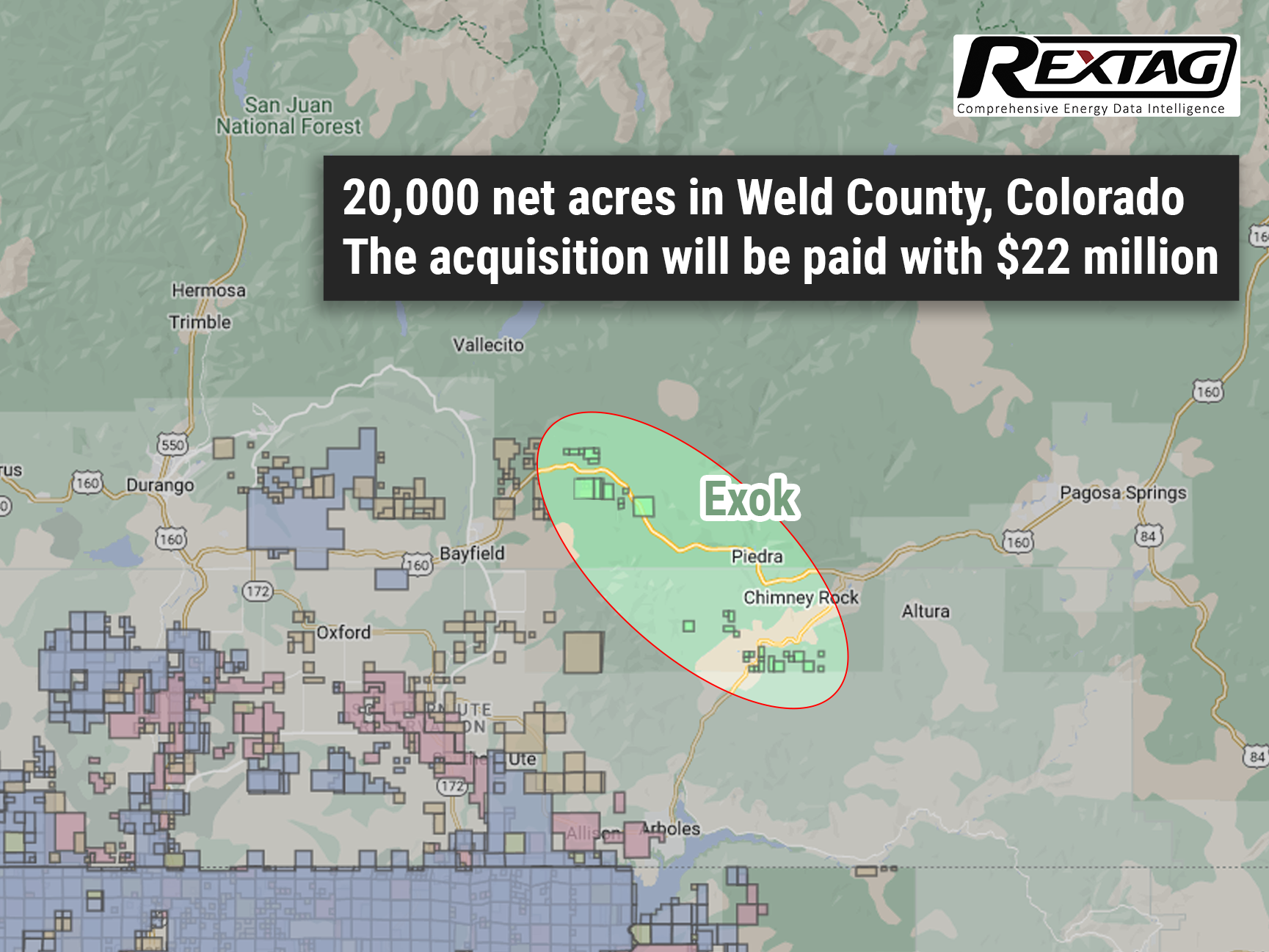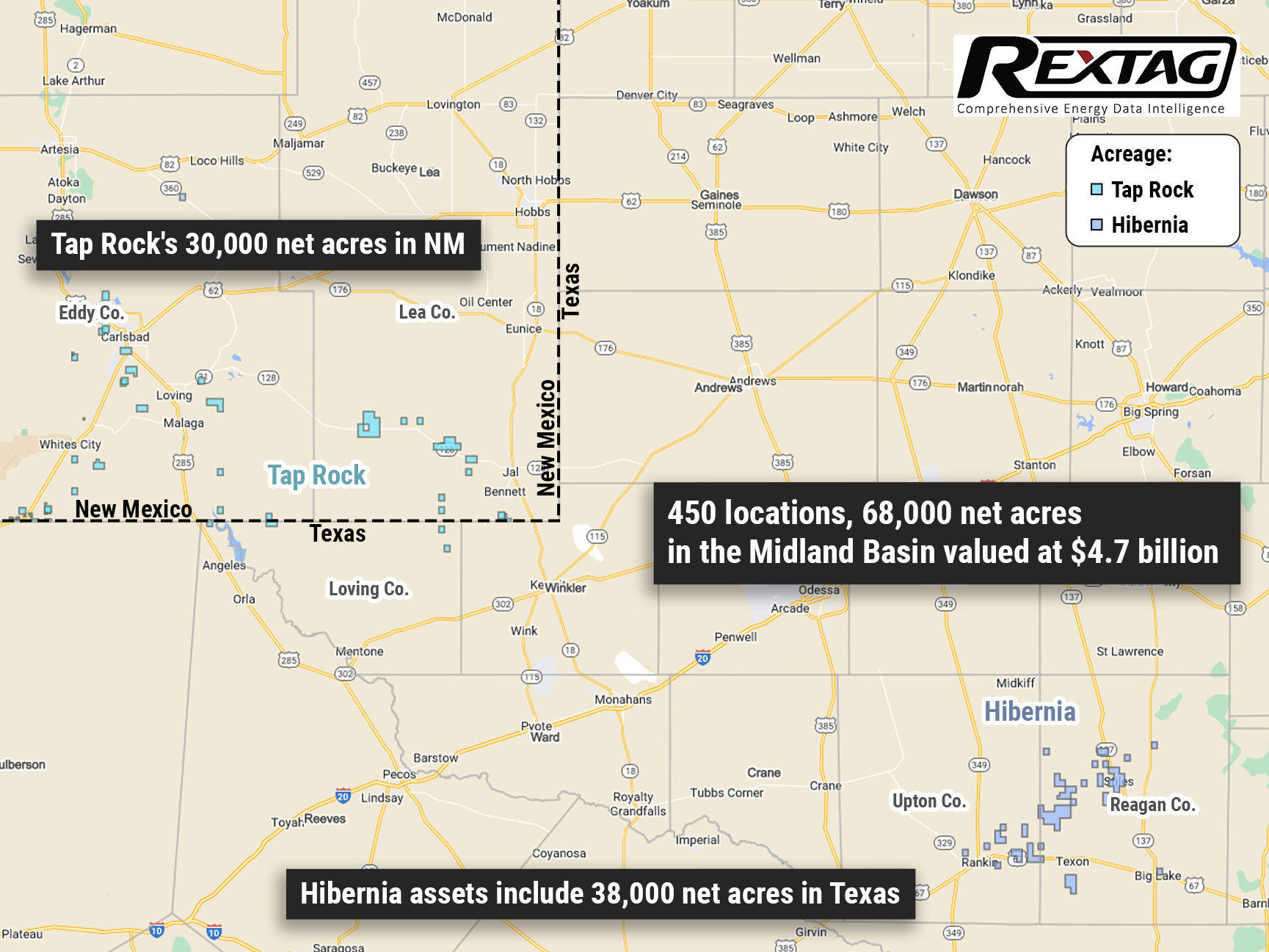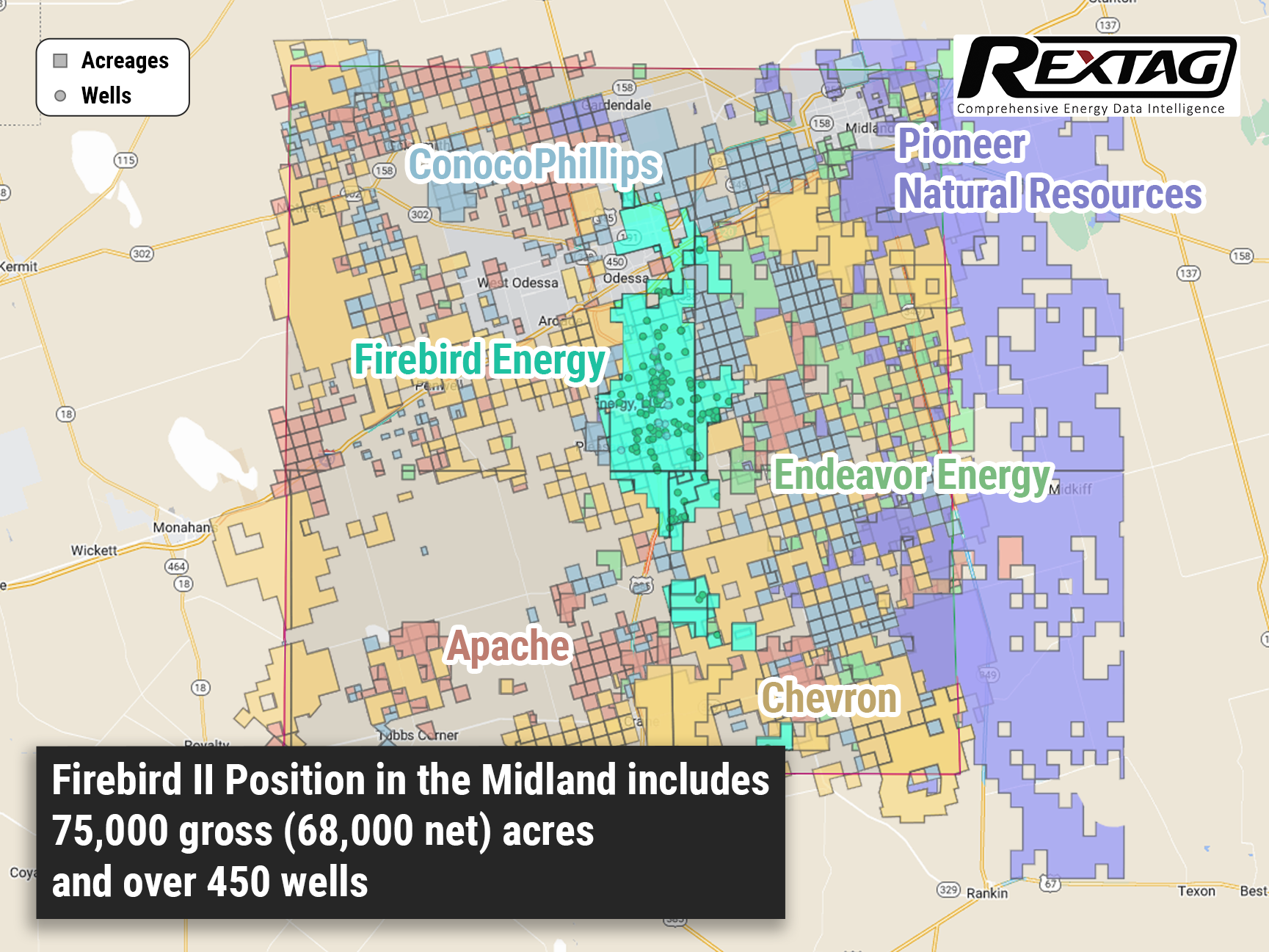Blog
Since days when shale oil and gas technologies were discovered, the U.S. energy industry has been evolving more rapidly than ever before. Many changes are amazing especially when you put them on an industry map. At Rextag not only do we keep you aware of major projects such as pipelines or LNG terminals placed in service. Even less significant news are still important to us, be it new wells drilled or processing plants put to regular maintenance.
Daily improvements often come unnoticed but you can still follow these together with us. Our main input is to “clip it” to the related map: map of crude oil refineries or that of natural gas compressor stations. Where do you get and follow your important industry news? Maybe you are subscribed to your favorite social media feeds or industry journals. Whatever your choice is, you are looking for the story. What happened? Who made it happen? WHY does this matter? (Remember, it is all about ‘What’s in It For Me’ (WIIFM) principle).
How Rextag blog helps? Here we are concerned with looking at things both CLOSELY and FROM A DISTANCE.
"Looking closely" means reflecting where exactly the object is located.
"From a distance" means helping you see a broader picture.
New power plant added in North-East? See exactly what kind of transmission lines approach it and where do they go. Are there other power plants around? GIS data do not come as a mere dot on a map. We collect so many additional data attributes: operator and owner records, physical parameters and production data. Sometimes you will be lucky to grab some specific area maps we share on our blog. Often, there is data behind it as well. Who are top midstream operators in Permian this year? What mileage falls to the share or Kinder Morgan in the San-Juan basin? Do you know? Do you want to know?
All right, then let us see WHERE things happen. Read this blog, capture the energy infrastructure mapped and stay aware with Rextag data!
Rockies Overview by Rextag: Green River, Powder River, Niobrara-Denver Julesburg, Piceance, Uinta, San Juan, Paradox Basin, Wyoming, Colorado, Utah, New Mexico
New Mexico leads the Rockies region in gas production and ranks as the sixth-largest in terms of active gas wells in the U.S. Last year, the state's gas well count slightly increased by 0.2% to 30,699, with new additions in both the northwestern San Juan Basin and the southeastern Permian Basin. Meanwhile, just to the north in Colorado, gas producers grew by a modest 0.1% to 30,322, primarily due to increased drilling activity in the DJ and Piceance basins. Wyoming saw a decline in its active gas wells by 3.7%, down to 17,006, with production mainly in Sublette, Sweetwater, and Converse counties reflecting stable or slightly reduced drilling activity. Utah also experienced a slight decrease of 0.2% in its number of gas wells, totaling 6,463. In Q1 2024, oil and gas industry activity in Oklahoma, Colorado, and northern New Mexico experienced a decline. This marks the fifth consecutive quarter of contraction in drilling and business activities within these regions. According to a survey that included responses from 33 firms operating in the Rockies, this downtrend is expected to continue over the next six months.
Denver-Julesburg DJ Basin: Wattenberg, Niobrara, Codell, 2022 and 2023 Overview
The Denver-Julesburg (DJ) Basin, spanning Northern Colorado, Eastern Wyoming, Western Kansas, and parts of Nebraska, stretches from north to south, from north of Cheyenne, Wyoming, down to Colorado Springs. Its primary production field, the Wattenberg gas field, is located in Weld County and Northwestern Adams County in Northeast Colorado. Oil and gas production in the D-J Basin traces back to a discovery in Boulder County, Colorado, in 1901, marking a long history of energy development in the area. The basin is highly productive, primarily due to its stacked plays, similar to those in other regions like the Anadarko Basin (with its SCOOP and STACK plays) and the Permian Basin. This geological feature is a key reason for the high productivity of wells in the DJ Basin.
Oil and Gas Industry of Wyoming: Basins, Counties, 2022 vs 2023 Review
In Wyoming during 2023, the oil and gas industry experienced various trends and developments. Wyoming ranked 8th nationally in both crude oil and natural gas production, significantly contributing to the economy through property and severance taxes. The state had a peak of 27,951 producing wells in 2022, including oil and gas wells, with 33 operating gas plants processing nearly 97% of the state's gas production. Notably, 21 of Wyoming's 23 counties produce oil and/or natural gas, with Converse County leading in crude oil production and Sublette County in natural gas production. U.S. Energy Information Administration (EIA) predicted that crude oil production across the United States would increase to 12.8 million b/d in 2024. Throughout 2023, oil production in Wyoming showed an upward trend, with more than 95 million barrels expected to be produced, an increase of about 3 million barrels from 2022. This rise in oil production was partly attributed to the completion of 110 newly drilled oil wells in the first half of the year, mainly in the Powder River Basin. However, natural gas production faced a decline due to the aging of wells and a low number of new gas wells being completed. Only 18 new gas wells were finished in the first half of 2023, with a noted interest in drilling applications, suggesting potential future developments.
Occidental to Streamline Operations with $20 Billion Western Midstream Sale?
Occidental Petroleum is looking into selling Western Midstream Partners. OXY focuses on natural gas pipelines in the U.S. and is worth around $20 billion, including its debt. This sale could help the company cut down its large debt of $18.5 billion, which grew due to buying other companies. Recently, Occidental agreed to buy CrownRock for $12 billion, adding more debt to its books. This comes after its huge $54 billion purchase of Anadarko Petroleum four years ago. The news about possibly selling Western Midstream made its shares go up by 5.7% to $30.81, reaching their highest value since July 2019. However, Occidental's shares fell by 1.6% to $59.56, as part of a wider drop among energy companies.
Prairie Operating Expands Acreage in the Denver-Julesburg Basin
Prairie Operating Co. buys 20K+ acres in Weld County, CO, expanding its footprint in the core of the Denver-Julesburg Basin. The evaluation report reveals that the land has more to offer beyond the initial findings and that hundreds of additional locations are viable for drilling in the future beyond an initial five-year program. On August 21, Prairie Operating disclosed findings from an external, independent assessment focused on its inactive holdings in Weld County.
Civitas Makes $4.7B Entry into Permian Basin
Civitas Resources Expands into Denver-Julesburg Basin through $4.7B Cash and Stock Deals for NGP's Tap Rock and Hibernia. Civitas Resources has recently secured two definitive agreements to expand its presence in the Permian Basin's Midland and Delaware basins. The company will achieve this expansion through the acquisition of two private exploration and production companies, namely Hibernia Energy III LLC and Tap Rock Resources LLC. The total value of the deal, paid in both cash and stock, amounts to $4.7 billion. Both Hibernia Energy III LLC and Tap Rock Resources LLC are supported by NGP Energy Capital Management LLC. These acquisitions reflect the increasing demand for oil and gas reserves in the Permian Basin, with companies specializing in the region actively seeking new opportunities. Currently, Civitas Resources' primary production operations are focused in the Denver-Julesburg Basin (D-J Basin).
The Denver-Julesburg Basin Overview
Geologically, the Denver-Julesburg (DJ) Basin is a large structural basin with a complex history of sedimentary deposition, tectonic activity, and hydrocarbon generation. The basin covers approximately 20,000 square miles and extends into parts of Colorado, Wyoming, Nebraska, and Kansas. It is primarily composed of several stacked formations, including the Niobrara, Codell, and Greenhorn formations, which contain significant amounts of oil and gas reserves.
Breaking Barriers FireBird II, Empowered by Quantum Technology, Surpasses $500MM Funding Milestone for Permian Ventures
Following the success of FireBird Energy's $1.75 billion sale to Diamondback last year, the emergence of FireBird II signals a new chapter in the Permian Basin. Get ready for some exciting news from the energy industry. FireBird Energy II, the new player in the Permian Basin, has just secured $500 million in equity funding to fuel their acquisitions. With backing from the esteemed private equity firm Quantum Energy Partners, FireBird Energy II is poised to make waves in the industry.
Outrigger Sells Its DJ Basin Assets to Summit for $305 Million to Focus on the Williston Basin
Recent acquisitions totaling $305 million in cash bring Summit Midstream the opportunity to build up its Denver-Julesburg basin assets. Its subsidiary, Summit Midstream Holdings, concluded a deal to purchase Outrigger DJ Midstream from Outrigger Energy II and Sterling Energy Investments, Grasslands Energy Marketing, and Centennial Water Pipelines from Sterling Investment Holdings. Weld County-based Outrigger’s assets in Colorado are significant as they include a 60 MMcfd cryogenic natural gas processing plant, almost 70 miles of low-pressure natural gas gathering lines, 90 miles of high-pressure natural gas gathering lines, 12,800 horsepower of field and plant compression, and roughly 30 miles of crude oil gathering pipelines.
